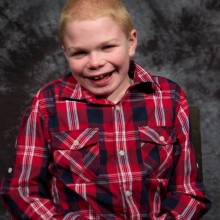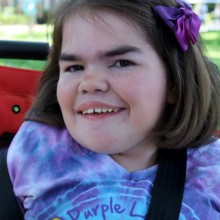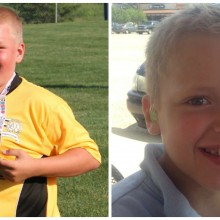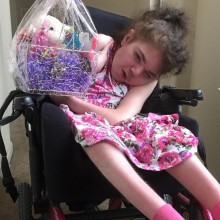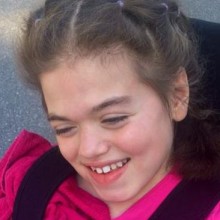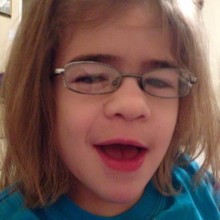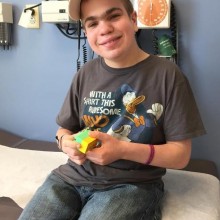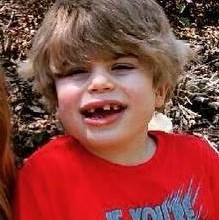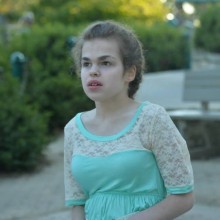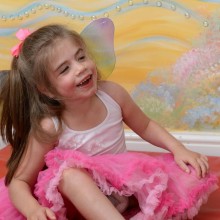Sanfilippo Syndrome, or Mucopolysaccharidosis IIIA (MPS-IIIA) is a genetic lysosomal storage disease (LSD) caused by the body’s inability to produce the enzyme Heparan N-sulfatase. The body uses the enzyme to break down and recycle materials in cells.
In children with Sanfilippo Syndrome, the missing or insufficient enzyme prevents the proper recycling process, resulting in the storage of materials in virtually every cell of the body. As a result, cells do not perform properly and may cause progressive damage throughout the body, including the heart, bones, joints, respiratory system and central nervous system. While the disease may not be apparent at birth, signs and symptoms develop with age as more cells become damaged by the accumulation of cell materials.
Sanfilippo Syndrome was first described in 1963 by Dr. Sylvester Sanfilippo. Sanfilippo Syndrome is an autosomal, recessive genetic disorder. Both parents are typically carriers of the defective gene. Each child born to the carrier parents have a 25% chance of having the disease, 25% of not having the disease or being a carrier and 50% chance of being a carrier. Sanfilippo Syndrome occurs in approximately 1 in 70,000 births, with Type A being the most severe and most common.
Children with Sanfilippo Syndrome generally do not display any features of the condition at birth, but they begin to show signs and symptoms of the disorder during early childhood. Affected children often initially have delayed speech and behavior problems. They may become restless, destructive, anxious, or aggressive. Sleep disturbances are also very common. This condition causes progressive intellectual disability and the loss of previously acquired skills (developmental regression). In later stages of the disorder, children with Sanfilippo Syndrome may develop seizures and movement disorders. The typical life expectancy for affected children is between 10-20 years old.
Abby’s beautiful Sanfilippo friends
We have received encouragement from many Sanfilippo families throughout our journey. The families are inspiring and the children are beautiful. We have come to feel an unconditional love for the children and families that have come before us, those that continue on in this fight and those yet to be diagnosed.
Source: National MPS Society, National Institutes of Health




